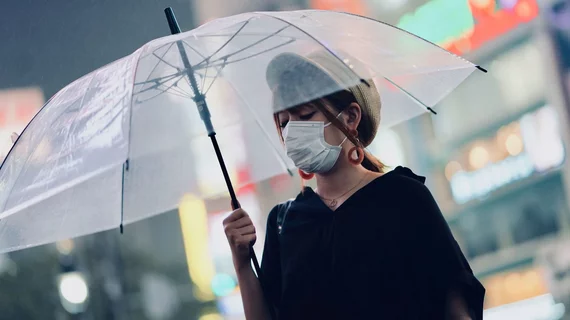As the spread of the newest coronavirus escalates across the globe, radiologists will continue playing a pivotal role in its containment—one that extends well beyond just an initial diagnosis.
As of late Monday, the count was quickly approaching 3,000 deaths and 80,000 cases of the disease, with a spike in countries such as Italy, Iran and South Korea. One imaging expert from the latter is urging radiologists to take a lead in quelling this outbreak, arguing that their responsibility is much bigger than some may realize, according to a new commentary.
“There are several roles of radiologists in this outbreak,” Hyungjin Kim, a professor of radiology at Seoul National University Hospital in South Korea, wrote last week in European Radiology.
At the top of the list, of course, is detecting abnormalities in chest CT scans, which provides an early indication of pneumonia in at-risk patients. Timely diagnosis of COVID-19 pneumonia, she wrote, can allow for rapid management of the disease, further imaging follow-ups and conservative care.
But beyond that, there are at least four more duties:
1) Suggesting disease severity: One analysis found a high rate of acute respiratory distress syndrome in patients with COVID-19 pneumonia, and “imaging plays an important role in the diagnosis and follow-up of ARDS,” Kim wrote.
2) Signaling suspicion of a secondary infection: Bacterial co-infection was found to be common in one study of hospitalized patients with swine flu and pneumonia. Such infections were associated with serious outcomes. “Therefore, it is our role to provide an impression of secondary infection, which would necessitate antibiotic treatment.”
3) Educating trainees and other clinicians: Radiologists can fill a teaching role during this outbreak, too. Rads should make a concerted effort to educate both trainees and other physicians on the imaging findings of the virus, and any other emerging infectious diseases, so the care team is better prepared for the next epidemic.
4) Managing artificial intelligence: With radiologists often deploying AI to guide their clinical work, these tools could also provide a big assist when prioritizing coronavirus risk and reducing long turnaround times, Kim added.
“Such models would be extremely useful in a mass screening setting such as the outbreak in China,” she concluded. “Given the shortage of manpower and hospital beds in China, AI models for the chest radiographs and CT scans may help alleviate the burden of radiologists and clinicians and enhance rapid triaging.”

